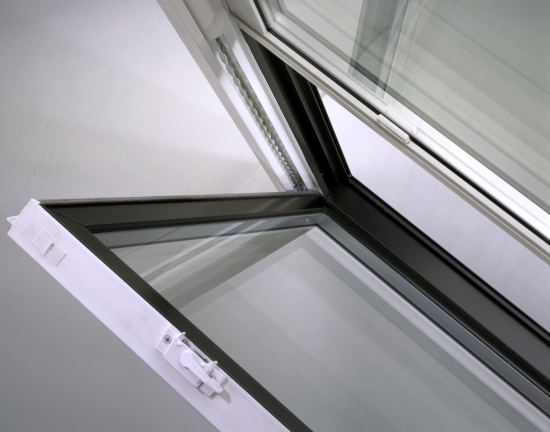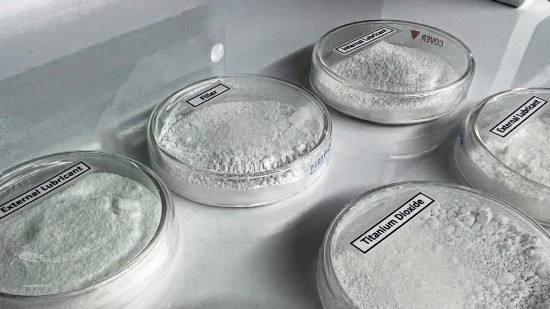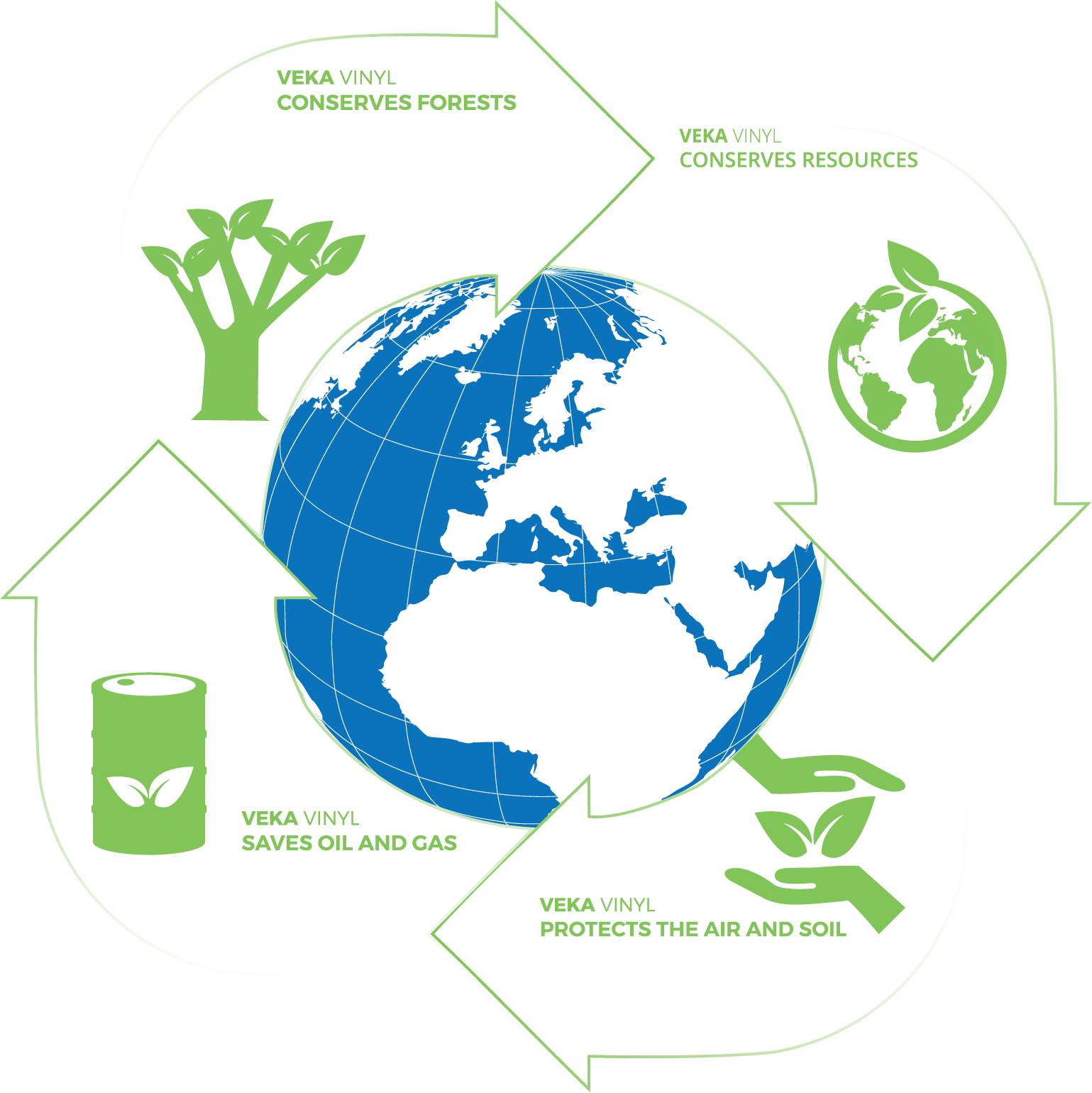Versatile and Sustainable: The Dominance of Vinyl in the Building Industry
Vinyl’s history in the construction industry is rich and evolving. Initially used during World War II for wire and cable insulation due to its fire-resistant properties, vinyl quickly found favor in other construction applications post-war. German manufacturers first developed vinyl window frames, which were later adapted to meet American preferences for larger viewing areas. Over the decades, vinyl's use expanded to include exterior siding, storm window extrusions, and various accessories such as decking and railing. By the 1980s, vinyl was established as a premium building material, valued for its durability, low maintenance, and resistance to the elements.
Vinyl, also known as PVC (polyvinyl chloride), is a versatile and widely used plastic, particularly in the building and construction industry. It is the largest volume of plastic in this sector, with two-thirds of all vinyl produced being utilized for building applications. Vinyl combines the characteristics of traditional materials with advanced technologies, making it an ideal choice for a variety of applications. According to the Vinyl Institute, vinyl is now the second-largest volume of plastic produced worldwide, underscoring its significant role in modern construction.


One of the key strengths of vinyl is its versatility. It can be manufactured to be flexible or rigid and customized in virtually any color, pattern, or texture. This adaptability makes vinyl suitable for numerous applications, ranging from window frames to siding and fencing. Vinyl's inherent fire resistance and durability further enhance its appeal, particularly where safety and longevity are paramount. The ability to tailor vinyl with various additives allows for precise customization to meet specific performance requirements.
In addition to its practical benefits, vinyl is also environmentally friendly. The manufacturing process is highly efficient, with less than 1% scrap produced, and the material can be recycled repeatedly. This closed-loop recycling process contributes to sustainability by reducing waste and conserving resources. Vinyl’s long life and energy-efficient properties make it a cost-effective and eco-friendly choice for building products. Its resistance to moisture, chemicals, and UV rays ensures that vinyl products, such as windows and doors, remain functional and aesthetically pleasing for many years, contributing to modern buildings' overall sustainability and energy efficiency.
VEKA Vinyl Products: Long-Lasting, Low-Maintenance, and Forest-Friendly
VEKA vinyl products are durable, low-maintenance, and eco-friendly alternatives to wood, conserving resources and reducing environmental impact.
